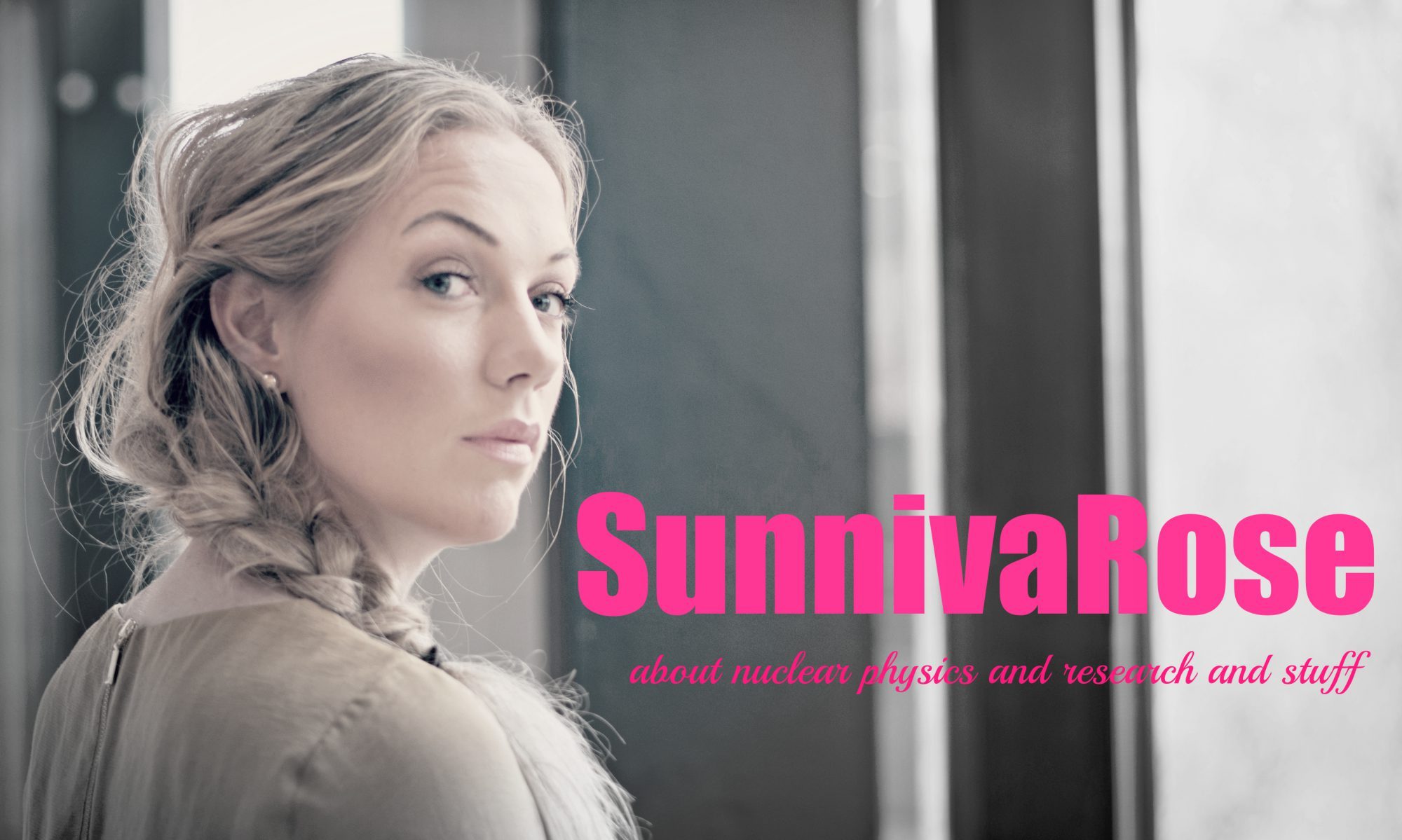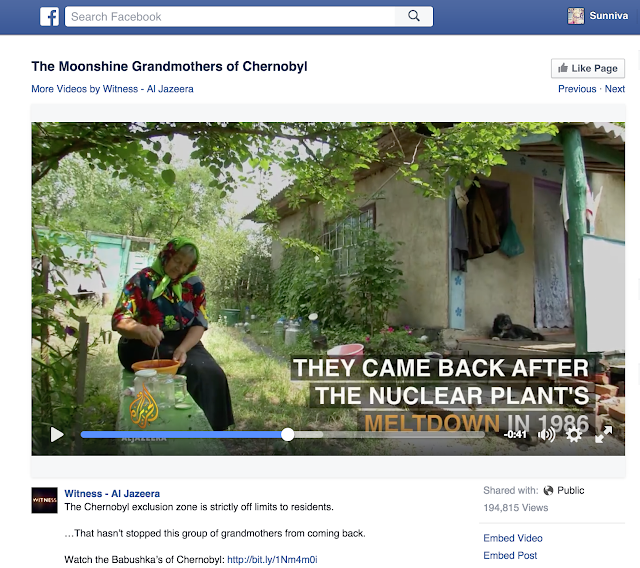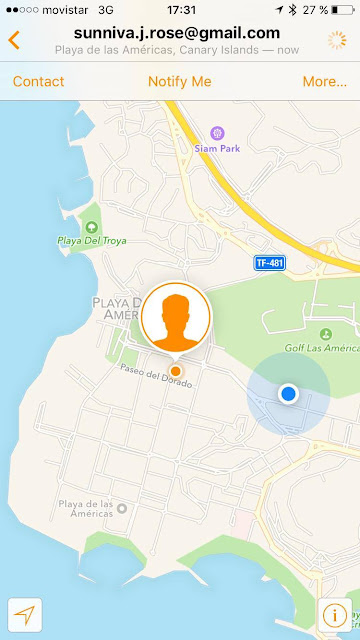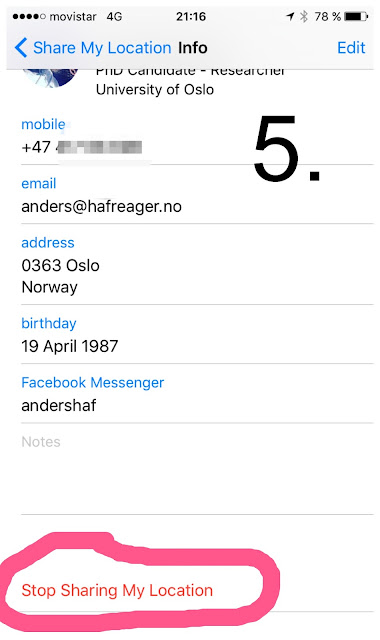- PWR is the most common type of reactor in the world operated in countries like USA, Belgium, Brazil, China, Finland, France, Germany, India, Japan (the Fuksuhima reactor was not a PWR, though), Russia, Spain, and Sweden, and several more. The RBMK was a Soviet develloped design - only built in the former Soviet Union.
- the PWR uses water as both moderator (for slowing down all the neutrons from really high energies, to really low energy - which is what we want <3 ) and as cooling medium, but the RBMK uses graphite as moderator, and water as cooling medium. Normally we say that the PWR is light water (light water is what we normally just call "water", instead of heavy water) moderated and cooled, and the RBMK is graphite moderated and light water cooled.
- the RBMK was designed with a positive void coefficient; I'll don't go in detail on that now (if you want me to, I can make a separate blogpost about what this means), but in short it is the reason why the RBMK is unstable under certain conditions
- the tip of the control rods of the RBMK actually didn't control the reactor/absorb the neutrons -it was made out of graphite that speeds up the fission process, instead of a material that actually shuts it down
- the control rods of the RBMK could be withdrawn completely from the reactor - even if it wasn't allowed (no one should EVER be able to overrun safety systems, like it was done the night of the accident)
- it took almost half a minute to insert the control rods into the RBMK reactor; on a PWR it takes around a second or so
- a PWR needs fuel which is enriched to 5% uranium-235, but the RBMK only needed 2% - so it was economical with the fuel
- the RBMK could have its fuel changed while it was running. This, together with the low enrichment (no 7) made it ideal as a producer of weapons plutonium
- a PWR is passively safe, but the RBMK definitely wasn't
- the Chernobyl reactor didn't have any outer barrier; meaning the reactor was placed more or less in a warehouse rather than a full containment building. Therefore, when the reactor actually exploded, the radioactive inside of it could get out, and fresh air (oxygen...!) could get in, making a strong fire that lasted for days
Kategori: Uncategorized
Not a good night…
- prepare teaching
- answer e-mails
- teach
- work with TALYS - where to go next...?
- make figures of gammas, gather them and send them to supervisor Jon
- (start preparing for PhD day???)
- work out (which I'm not particularly fond of, but I want my body to last for 70 more years, and then there's no getting around going to the gym)
"Chernobyl equals 100 Hiroshima bombs…" (foredrag)
Nothing, really.
What does this saying makes us feel or think?
It makes us scared.
There's no getting around it: Chernobyl was awful. The design of the reactor was terrible, its purpose for being was terrible, its operation was terrible, the test they were performing when it blew up was terrible. The reactor was designed to primarily produce plutonium for nuclear weapons. The reactor was housed in a warehouse rather than a full containment building. It was designed so overheating sped up the reaction until the whole thing burst like an overinflated balloon. But we don't have to fear nuclear energy just because the Soviets did it the dumb way. That would be like banning cars because some drunk guy crashed one while trying to steer with his penis.
PS: I'm going to be a guest on Tidenes Morgen on P13 tomorrow morning around 8 AM, it will not be about the Chernobyl accident, but maybe it'll be fun to listen to 🙂
Grandmothers of Chernobyl
One last "natural" post
2 years since we met…and happy birthday!
"Natural" (rant) on the radio
Remember this blogpost/rant, about how I hate the word "natural"?
What does it even mean? What is "natural", and what is "un-natural"?
Abstract accepted! (#phdlife)
The week after Easter, just before we went on vacation, I got a very nice email. It read as follows:
Subject: ND 2016 - Decision on your abstractDear Mrs. Rose,The organizers are pleased to note that your abstract ND/793 was accepted as a regular contribution to the conference. The slot allocated to your contribution is 20 minutes: 15 minutes for your presentation and 5 minutes for questions.To confirm your attendance please complete at your earliest possible convenience your full registration for the conference at www.nd2016.eu (General Information, drop-down menu: Registration). You will be entitled to submit a regular paper for the proceedings.Yours sincerely,Arjan Plompen,On behalf of the Organizing Committee
Prompt fission gamma ray emission from the (d,p)-induced fission of 233U
Prompt fission gamma-ray spectra have been measured in an experiment at the Oslo Cyclotron Laboratory (OCL), using a 12.5 MeV deuteron beam on a 233U target.Charged particles were recorded with the SiRi particle telescope, in coincidence with γ-radiation in the CACTUS γ-detector system, and fission fragments were recorded with the NIFF PPAC-detectors . CACTUS consists of 28 5”5” NaI(Tl) crystals, mounted on a spherical frame; with a total efficiency of 15%.
The (d,pf) reaction has been used as a “surrogate” reaction for the (n, f) reaction, and characteristics such as the prompt fission gamma ray spectra, and the γ multiplicity have been studied. Both characteristics have been extracted as functions of excitation energy, in the energy range 5-10 MeV, in the fissioning nucleus. The results are compared to a similar experiment from the OCL on the 239Pu isotope.
The setup enables us to study the nuclear level density and the gamma ray strength function, and these properties have also been extracted for the 234U isotope, from the same experiment. These results will also be presented.
En gavepakke til sjalu og kontrollerende kjæreste?
I hate the word "natural" (rant)
- the sun, that for example can give you a serious sunburn - not very good for you, but completely natural
- sunscreen - not natural, but good for you if you're going to spend time in the sun
- water - natural; and good for you if you drink it (just not too much - it's always about doses), but deadly if you inhale it. (Think about water next time someone argues that if it's dangerous to breathe it has to be dangerous to eat...)
- glasses - not natural, but I think they're a really good idea
- radon gas - 100% natural, radioactive gas that comes from the ground. In the "right" doses it may cause lung cancer
- uranium - also very natural, and a heavy metal, and radioactive. I wouldn't eat it...
- flying - extremely un-natural, but many of us do it quite often
- chlorine - natural, and deadly



















